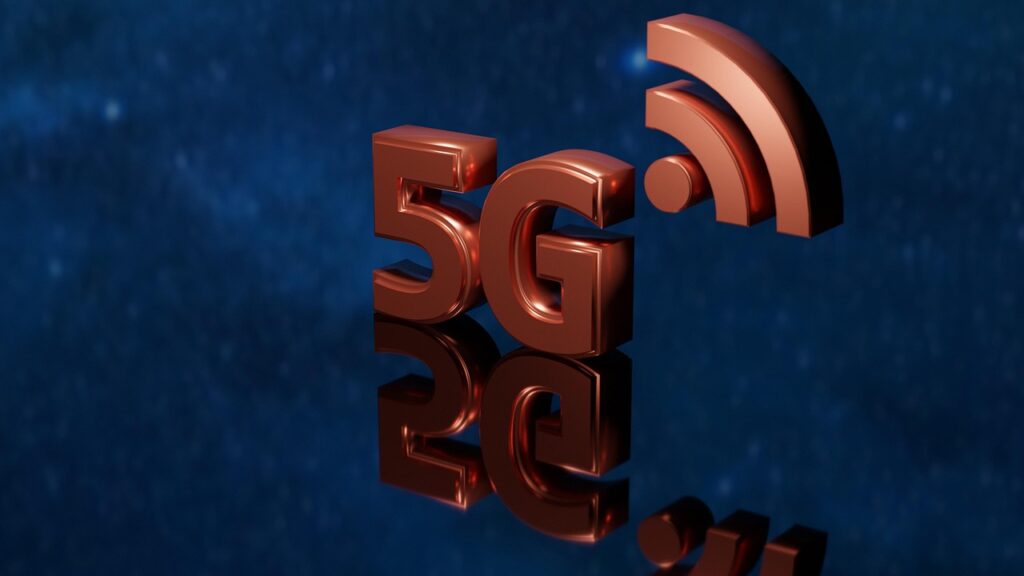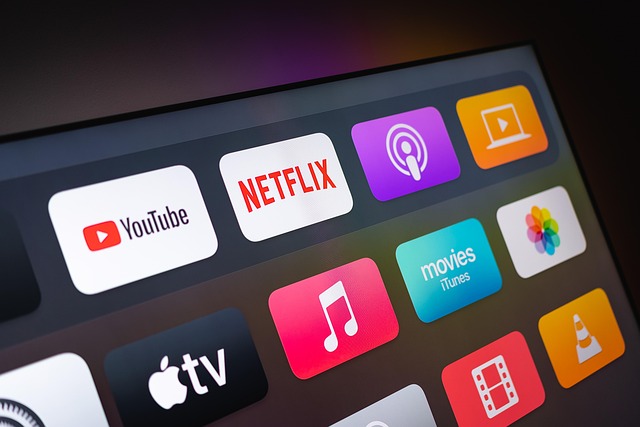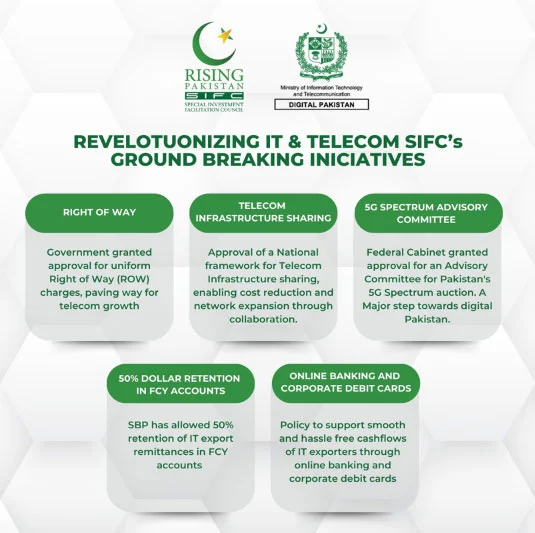
Over the past decade, Pakistan has witnessed a dramatic rise in internet usage. What was once considered a luxury for the elite in big cities has now become a necessity across both urban centers and rural areas. Today, whether it is Karachi’s busy business districts, Lahore’s tech-driven startups, or small towns in Punjab and Khyber Pakhtunkhwa, internet access is shaping lives, businesses, and opportunities.
But what exactly is fueling this massive demand for the internet in Pakistan? The answer lies in a mix of affordability, accessibility, social trends, and technological advancements that have reshaped how Pakistanis live and work.

1. Mobile Broadband Revolution: The Game Changer
The biggest driver of internet demand in Pakistan has been the spread of mobile broadband (3G, 4G, and now the anticipation of 5G).
- In the past, internet access was limited to expensive DSL or corporate connections, which kept rural populations disconnected.
- With the arrival of affordable smartphones and nationwide 4G coverage, millions of Pakistanis suddenly gained access to fast internet — not only in cities but also in villages.
- Today, even in remote areas, young people use mobile broadband for online learning, small businesses, and entertainment.
This mobile-first adoption has made Pakistan one of the fastest-growing internet markets in South Asia.

2. The Social Media Boom
Another undeniable reason for rising demand is social media adoption. Platforms like Facebook, WhatsApp, TikTok, Instagram, and YouTube are no longer limited to urban elites. They are now part of everyday life in villages and small towns.
- WhatsApp has become the go-to tool for communication across all income groups.
- TikTok and YouTube have opened doors for rural creators to showcase talent and even earn livelihoods.
- For small businesses, Facebook and Instagram are marketing tools that connect them to customers both locally and internationally.
This social media-driven connectivity has made internet access less of a luxury and more of a necessity, creating consistent demand.

3. E-Commerce and Digital Payments
The rise of e-commerce platforms in Pakistan has also played a critical role in driving internet usage.
- Online marketplaces like Daraz, Foodpanda, and local online stores have brought shopping into people’s hands.
- Even in rural areas, internet-savvy shopkeepers order goods online at wholesale rates.
- The growth of digital wallets and banking apps such as JazzCash and Easypaisa has further increased reliance on the internet.
When transactions, shopping, and financial activities go digital, the demand for reliable internet naturally skyrockets.

4. Education and Remote Learning
One of the most transformative factors behind internet demand has been online education.
- During the COVID-19 pandemic, thousands of schools, colleges, and universities shifted to online classes.
- Even after the pandemic, e-learning platforms, YouTube tutorials, and digital skills courses continue to attract both urban and rural learners.
- Many rural students are now accessing courses that were once available only in big cities, bridging the education gap.
This need for affordable and stable internet for learning is a powerful force behind rising demand.

5. Entertainment: Streaming & Online Gaming
Entertainment has always been a strong motivator for technology adoption, and the same holds true in Pakistan.
- Streaming platforms like Netflix, YouTube, and local TV apps are now widely accessed in homes across the country.
- Online gaming — especially PUBG, Free Fire, and Call of Duty Mobile — has captured the youth, creating communities that depend heavily on stable internet.
For many young people, internet access is not just a luxury but a lifestyle.

6. Government Initiatives & Telecom Expansion
Pakistan’s government and telecom operators have also recognized the importance of connectivity.
- Projects like the Universal Service Fund (USF) are working to bring internet to rural and underserved areas.
- Telecom giants such as Jazz, Zong, Telenor, and Ufone continue to expand coverage and introduce affordable packages.
- The upcoming 5G rollout promises even greater speed and reliability, which will further boost demand.
This structured expansion ensures that the demand is not just consumer-driven but also policy and infrastructure-supported.

7. Changing Lifestyle & Digital Dependence
Perhaps the biggest reason behind the rapid rise in internet demand is the changing lifestyle of Pakistanis.
- Urban families rely on internet for remote work, online shopping, food delivery, and streaming.
- Rural households use it for farming updates, market prices, and communication with family members abroad (especially in the Gulf countries like the UAE and Saudi Arabia).
- With nearly 13 million Pakistanis living abroad, families depend on internet connectivity to stay in touch through WhatsApp calls, Zoom, and social media.
In short, the internet has become woven into daily life, and demand will only keep increasing.

Conclusion: The Future Is Digital
The rapid rise of internet demand in both urban and rural Pakistan reflects a deeper transformation — the country is moving steadily toward a digital-first society.
From education to e-commerce, entertainment to financial transactions, and communication to social media, Pakistanis are increasingly dependent on connectivity. With 5G on the horizon, expanding rural coverage, and a young, tech-savvy population, this demand is only going to accelerate.
What we are witnessing is not just a technological trend but a social and economic shift, where internet access is shaping the way Pakistanis live, work, and connect with the world.
